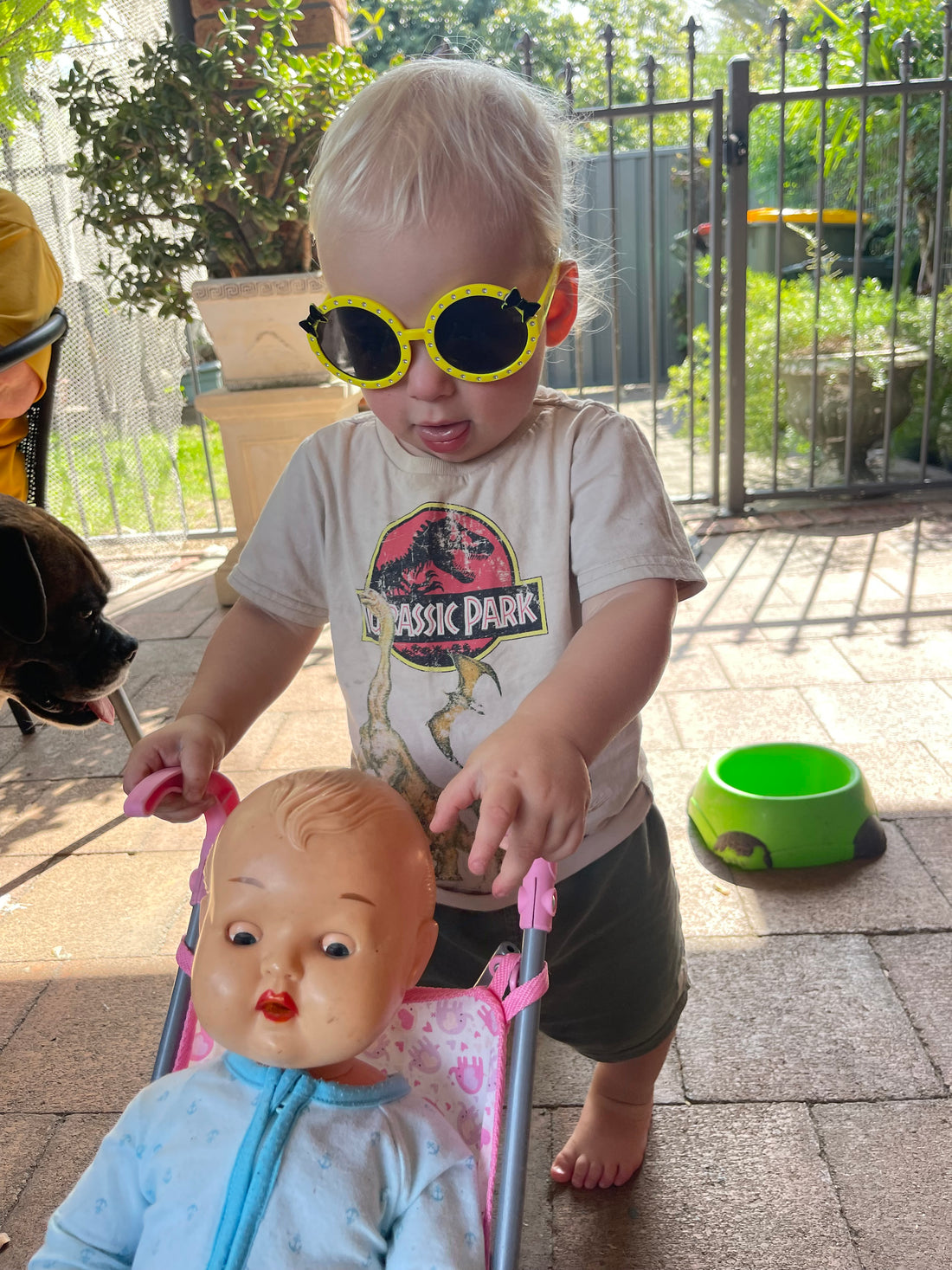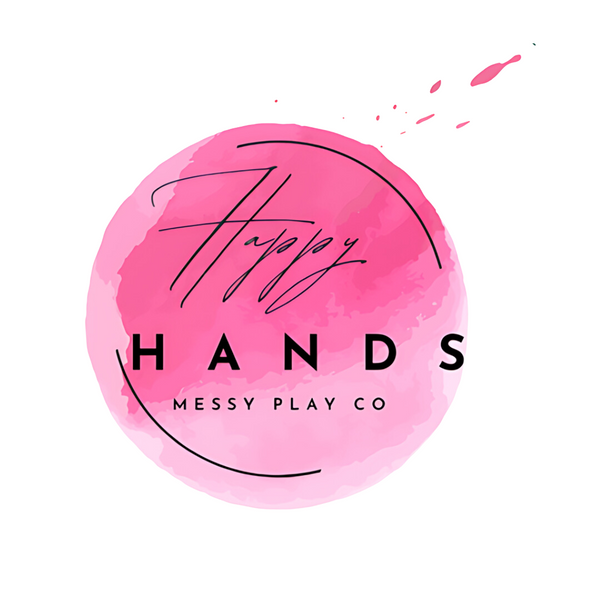
Gross Motor Development: Why It Matters and How to Support It 🏃🏼💪🏼
Share

Gross motor development refers to the growth and strengthening of large muscles in the body, enabling skills like walking, running, jumping, and throwing. These skills are not only crucial for physical health but also play a significant role in cognitive, social, and emotional development. This aligns with the Early Years Learning Framework (EYLF) in Australia, which emphasizes the importance of play-based learning and holistic development. The EYLF recognizes that children are capable and competent learners who develop and learn in different ways and at different rates.
The Importance of Gross Motor Development
-
Physical Health: Gross motor skills form the foundation for an active lifestyle, promoting fitness, coordination, and overall well-being. This links directly to the NSW Munch & Move program, which aims to promote healthy eating and physical activity in young children. Munch & Move provides educators with practical ideas and resources to support children's physical development and encourage active play.
-
Cognitive Development: Physical activity stimulates brain growth and enhances cognitive functions like memory, attention, and problem-solving. Theorists like Piaget and Vygotksy highlight the connection between physical activity and cognitive development. Piaget's theory suggests that children learn through active exploration and interaction with their environment. Similarly, Vygotsky emphasized the importance of social interaction and play in cognitive development.
-
Social-Emotional Development: Engaging in gross motor activities with others fosters social interaction, cooperation, and emotional regulation. This aligns with the principles of the NSW Movement and Transition Outcomes Project (MTOP), which recognizes the importance of movement in supporting children's social and emotional well-being. MTOP provides a framework for educators to observe and assess children's movement skills and plan experiences that promote their holistic development.

How to Support Gross Motor Development
-
Provide Opportunities for Active Play: Encourage activities like running, climbing, jumping, and ball games. Create an environment rich in opportunities for active play, both indoors and outdoors. This could include setting up obstacle courses, providing access to climbing equipment, and organizing games that involve running and jumping.
-
Create a Stimulating Environment: Set up obstacle courses, play areas with soft surfaces, and access to outdoor spaces. Offer a variety of play spaces and equipment that encourage different types of movement. This could include soft mats for tumbling, tunnels for crawling, and balls of different sizes for throwing and catching.
-
Engage in Play Together: Participate in physical activities with your child, modeling movements and providing encouragement. Be an active participant in your child's play. Join in their games, show them new movements, and offer encouragement and praise for their efforts.
-
Limit Screen Time: Excessive screen time can hinder physical development. Encourage active play instead. Set limits on screen time and encourage your child to engage in active play instead.
-
Consider Professional Support: If you have concerns about your child's gross motor development, consult an occupational therapist or physiotherapist. If you have any concerns about your child's gross motor development, seek professional advice from an occupational therapist or physiotherapist. They can assess your child's skills and provide tailored support and strategies
Activities to Enhance Gross Motor Skills
-
Obstacle Courses: Create fun and challenging obstacle courses using household items like pillows, blankets, and tunnels.
-
Ball Games: Play catch, kickball, or throw bean bags to improve hand-eye coordination and throwing skills.
-
Dancing: Put on some music and dance! It's a great way to enhance movement, rhythm, and coordination.
-
Outdoor Play: Explore parks, playgrounds, and nature trails to encourage running, climbing, and jumping.
Remember, every child develops at their own pace. The key is to provide a supportive and stimulating environment that encourages movement, exploration, and play. By fostering gross motor development, we empower children to build a strong foundation for a healthy and active life. Make sure to check out our recent reel on social media on a Gross Motor course we set up recently!
